The Clear Decision In Uniloc Needs Clarification
Much has been written about the Federal Circuit Court of Appeal’s (“CAFC”) decision in the Uniloc1 case eviscerating the 25% Rule, but relatively little about the equally eyebrow-raising decision relating to the Entire Market Value Rule.
The Rulings
Seldom has the CAFC come out with such bold language regarding financial/licensing theory as when it said in Uniloc :
“This court now holds as a matter of Federal Circuit law that the 25 percent rule of thumb is a fundamentally flawed tool for determining a baseline royalty rate in a hypothetical negotiation. Evidence relying on the 25 percent rule of thumb is thus inadmissible under Daubert and the Federal Rules of Evidence, because it fails to tie a reasonable royalty base to the facts of the case at issue.”2
While analysts and academics will undoubtedly continue to debate the value of the underlying studies testing the after-the-fact empirical validity of the 25% Rule (in fact see les Nouvelles Mach 2011 issue for such an article), the CAFC’s relatively recent “Show Me The License!” mantra will likely be unswayed without specific analysis of comparable licenses. The use of a generalized basket of licenses or general rules-of-thumb, which may have no relation to the patent(s) at issue, are being viewed with much greater scrutiny. After all, in the rare case where an expert may pull together enough data to show that the practice in a particular industry involves the use of the 25% Rule in licensing negotiations, such data will likely already include underlying individual license data which could form a more direct analysis of the hypothetical license at issue.
What has received much less discussion, however, is the CAFC’s comments on the Entire Market Value Rule (“EMVR”). The EMVR doctrine allows a patentee to claim damages based on the entire market value of an accused product containing patented and non-patented components only where the patented feature creates the “basis for customer demand.”3 The EMVR has been leveraged by plaintiffs against many defendants to garner massive damage awards, especially in the computer and software industries where even small royalty rates lead to huge damages when applied against vast nationwide sales volumes.4
At the district level in Uniloc , the jury awarded Patentee Uniloc damages of $388 million. The specific calculation wasn’t disclosed, but was between the two damages experts’ opinions. Microsoft’s expert opined that damages could not exceed $7 million under the theory that Microsoft would have paid a lump sum for the use of the patent. On the other side, Uniloc’s expert opined that damages were $565 million for reasonable running royalties.
The following table shows how Uniloc’s expert arrived at his calculation without invoking the EMVR:
| Uniloc Expert’s Calculation | |||
|
| |||



